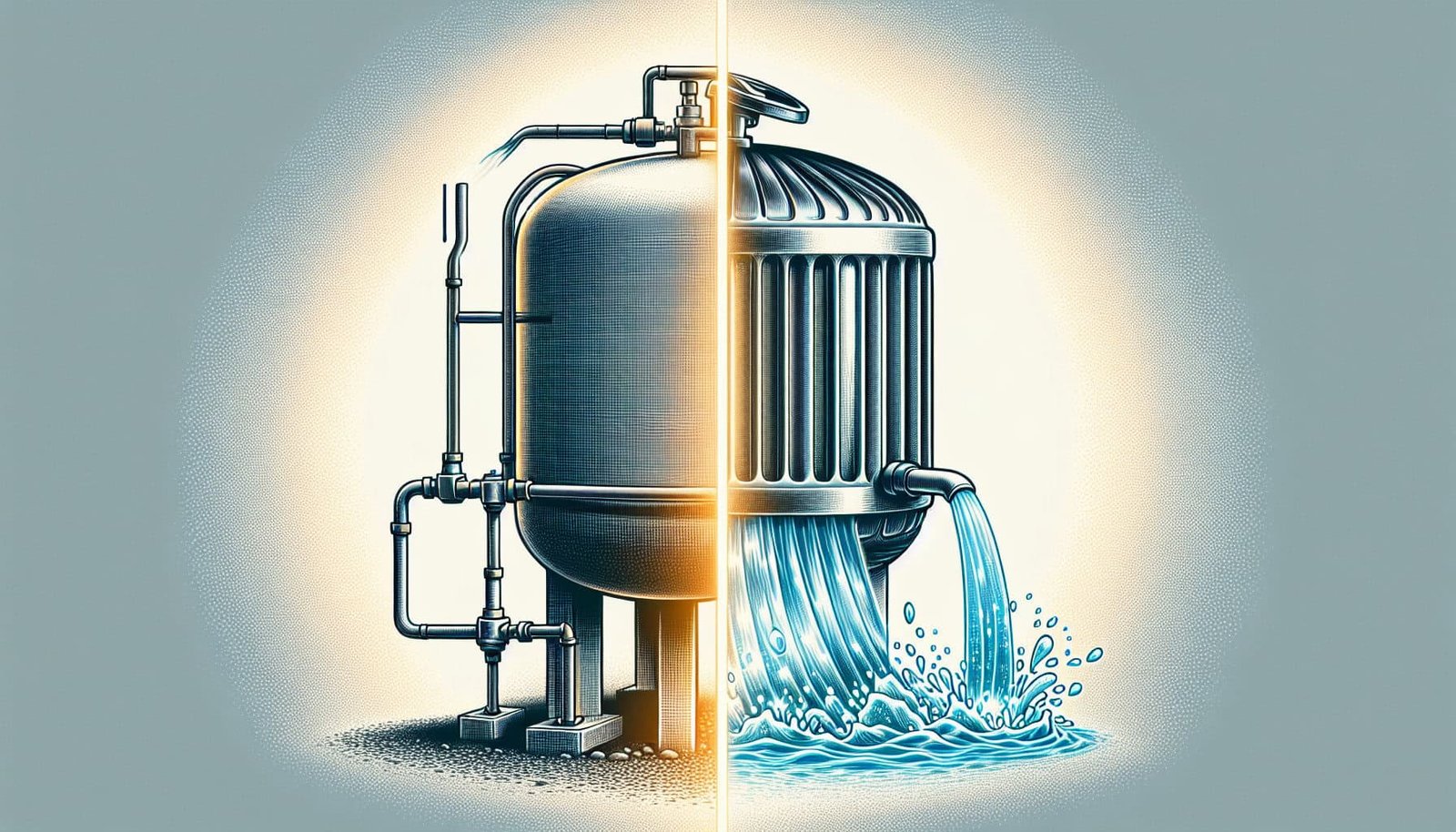In this article, we will explore the best practices for ensuring the safety of well water in areas that have well water pressure tank maintenance policies. From understanding the potential risks associated with well water to implementing necessary safety measures, we will guide you through the steps you can take to address any safety concerns. So whether you are a homeowner, have recently moved to an area with well water, or are simply interested in learning more about the topic, this article will provide you with valuable insights and helpful tips to ensure the safety of your well water.

Understanding Safety Concerns Related to Well Water
Exploring the Importance of Well Water Safety
When it comes to well water, safety should be a top priority for homeowners and communities alike. Well water provides a crucial source of drinking water for many households, but it also poses certain risks that need to be addressed. Understanding the importance of well water safety is the first step in ensuring the well-being of those who rely on this type of water supply.
Identifying Potential Hazards in Well Water
Well water can contain various contaminants that pose potential health hazards. These contaminants can include bacteria, viruses, pesticides, heavy metals, and even natural substances like arsenic or radon. It is important to identify these hazards to ensure the water is safe for consumption. Regular testing of well water is essential to detect any potential contaminants and take the appropriate measures to mitigate the risks.
Understanding the Role of Well Water Pressure Tank Maintenance
Well water pressure tanks play a critical role in the overall function of well water systems. These tanks help regulate water pressure, ensuring a steady and reliable water supply. However, without proper maintenance, these tanks can also become a potential source of safety concerns. Understanding the importance of well water pressure tank maintenance is crucial in preventing issues that could compromise the quality and safety of the water supply.
Analyzing Well Water Pressure Tank Maintenance Policies
Examining Existing Well Water Pressure Tank Maintenance Policies
To address safety concerns related to well water, it is essential to examine the existing maintenance policies concerning well water pressure tanks. These policies outline the recommended practices for maintaining and servicing these tanks to ensure their optimal performance. By reviewing these policies, areas can identify any gaps or areas for improvement in order to enhance safety measures.
Assessing the Effectiveness of Current Maintenance Practices
Once the existing maintenance policies are examined, it is important to assess the effectiveness of the current practices being implemented. This evaluation involves reviewing whether the recommended maintenance tasks are being carried out regularly and correctly. It also entails determining whether these practices are sufficient in identifying and resolving any potential safety issues related to the well water pressure tanks.
Identifying Gaps in Well Water Pressure Tank Maintenance Policies
When analyzing well water pressure tank maintenance policies, it is crucial to identify any gaps or shortcomings that may exist. These gaps could include missing procedures, inadequate frequency of maintenance, or insufficient guidelines for addressing specific safety concerns. By identifying these gaps, improvements can be made to the policies to ensure better protection against potential safety hazards.

Addressing Safety Concerns in Areas with Well Water Pressure Tank Maintenance Policies
Ensuring Regular Testing and Inspection of Well Water Pressure Tanks
In areas with well water pressure tank maintenance policies, one of the most important steps in addressing safety concerns is to ensure regular testing and inspection of the tanks. Regular testing helps detect any potential issues, such as leaks or contamination, that can compromise the safety of the well water. Inspections, on the other hand, allow for a thorough assessment of the tank’s condition and the identification of any maintenance needs.
Implementing Proper Disinfection Techniques in Well Water Systems
Another key aspect of addressing safety concerns in areas with well water pressure tank maintenance policies is implementing proper disinfection techniques in well water systems. Disinfection involves treating the water to remove or kill any harmful bacteria, viruses, or other contaminants. This can be done through various methods, such as chlorination or ultraviolet (UV) treatment. Proper disinfection techniques help ensure that the well water is safe for consumption and minimize the risk of waterborne illnesses.
Educating Residents on Well Water Safety and Potential Risks
Education plays a vital role in addressing safety concerns related to well water. It is crucial to educate residents on well water safety and potential risks associated with their water supply. This includes providing information on proper maintenance practices, testing requirements, and the importance of regular inspections. By raising awareness and providing educational resources, residents can make informed decisions to protect their health and well-being when it comes to well water safety.
In conclusion, understanding safety concerns related to well water is crucial for the well-being of individuals and communities. By exploring the importance of well water safety, identifying potential hazards, and understanding the role of well water pressure tank maintenance, areas can effectively address these concerns. Analyzing well water pressure tank maintenance policies, assessing their effectiveness, and identifying any gaps helps improve safety measures. Lastly, ensuring regular testing and inspection of well water pressure tanks, implementing proper disinfection techniques, and educating residents on well water safety are essential steps in addressing safety concerns in areas with well water pressure tank maintenance policies. By prioritizing the safety of well water, communities can ensure a reliable and contaminant-free water supply for everyone who relies on it.


